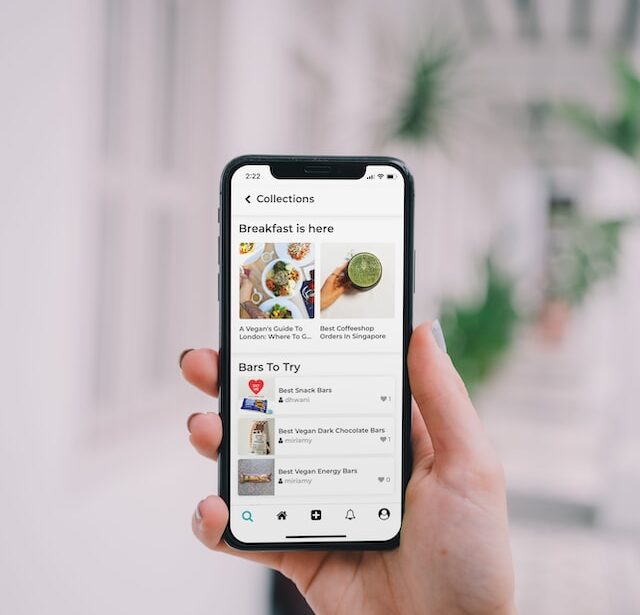If you’re implementing a real-time engagement platform for your organization, it’s important to ensure that it’s designed to maximize your business results. This means it should enable you to automate responses, create contextual interactions, integrate with other channels, and measure engagement.
Customer experience is critical to your success, and the only way to do that is by creating and delivering relevant interactions at the speed your customers demand. This article will look at some of the most effective strategies for optimizing your real-time engagement platform.
Automate Responses
Automated responses help you save time and increase productivity by responding to guest inquiries promptly. They also help you get more reservations and improve your overall guest satisfaction.
While automated responses are perfect for quick answers to common questions, you may need more specific responses that require human intervention. For example, send an email with a discount code for a particular type of traveler or information about local businesses.
You can use a real-time engagement platform to automate response campaigns, schedule responses, track them, and more. The best platforms allow you to send automatic emails that follow your business’s unique workflows and rules.
For instance, you might create a rule that triggers an auto-response message when someone messages your Facebook page and provides their name, phone number, or other details. Or you might set up a recurring email blast that sends an automated response each day, week, or month.
It’s also important to keep your automated messages simple. Customers don’t like to read long, complex messages that don’t make sense to them.
Automated response messages should also clearly mention what channel a customer can contact your business with when they’re not available to answer their questions. For example, if a customer is out of town and reaches out to your company, you should tell them that they can still reach you via email. This way, they don’t feel like they’re missing out on important business and can understand your next course of action.
Create Contextual Interactions
The key to successful real-time engagement is knowing where customers are in their journey and what messages will best engage them at the right time. Brands that can deliver this context – device preferences, location, time of day, etc. – create a connection with consumers that is personal and authentic.
In this age of digital disruption, brands need to be able to recognize and interact with their customers at the speed and cadence they want to receive them. Without that, they’ll switch to competitors who offer better customer experiences.
Keeping track of interactions across multiple channels and platforms requires intelligent orchestration. This process can be automated with self-learning models and predictive analytics.
Another supplementary layer of data can be individual users’ on-site and in-app activity. When these raw actions are matched to other customer information – demographics, a behavioral and transactional activity where potential customers are in their buyer journey, search queries, preferences, etc – marketers can achieve more targeted customer segmentation and generate cycles of real-time and insight-driven engagements.
Integrate With Other Channels
Consumers today are a mobile society and expect to have access to your brand wherever and whenever they want. This means you must adapt your digital strategy and adopt different types of channel integration to meet their expectations.
You can connect your customer engagement platform with other channels like social media, email, chat, messaging apps, and review platforms. This helps you provide a seamless customer experience and drive more traffic to your website.
Real-time customer engagement is a crucial part of any omnichannel marketing strategy and can help you increase customer retention. It can also help you identify and solve problems before they turn into full-fledged issues.
Moreover, it can be used to create contextual interactions based on specific behaviors or events the customer has done in the past. These could be recommendations based on previous searches, in-app guidance based on user behavior, responses to social media comments, or customized content that brings value to the customer.
Ultimately, real-time engagement is all about delivering personalized and timely experiences at the speed your customers demand. This requires a real-time global network that can reach millions of users with sub-second latency.
Measure Engagement
Using data to measure engagement is essential to implementing a customer experience strategy. It helps you gauge whether your messaging is working, what needs to be changed to improve engagement, and if you are reaching the right audiences.
For example, time in-app is a great metric to track because it shows how long a user spends in your app. This metric can help you understand your product’s value to your customers and inform you about the best ways to increase in-app retention.
Another customer engagement metric to look at is bounce rate. Bounce rates can indicate that a user has clicked through to a page that isn’t useful or authoritative. It also can give insight into how much time a user spends on your website and whether they are staying or leaving.
If you are looking to boost customer engagement, it is important to consider various approaches. These can include omnichannel communication, live engagement, automated responses, and third-party integrations.
The most effective customer engagement platforms provide a full set of channels and tools to allow your team to communicate with customers in real-time. They offer a central hub that activates data from other systems, creating contextually relevant interactions and messages that foster customer relationships and build brand loyalty.

